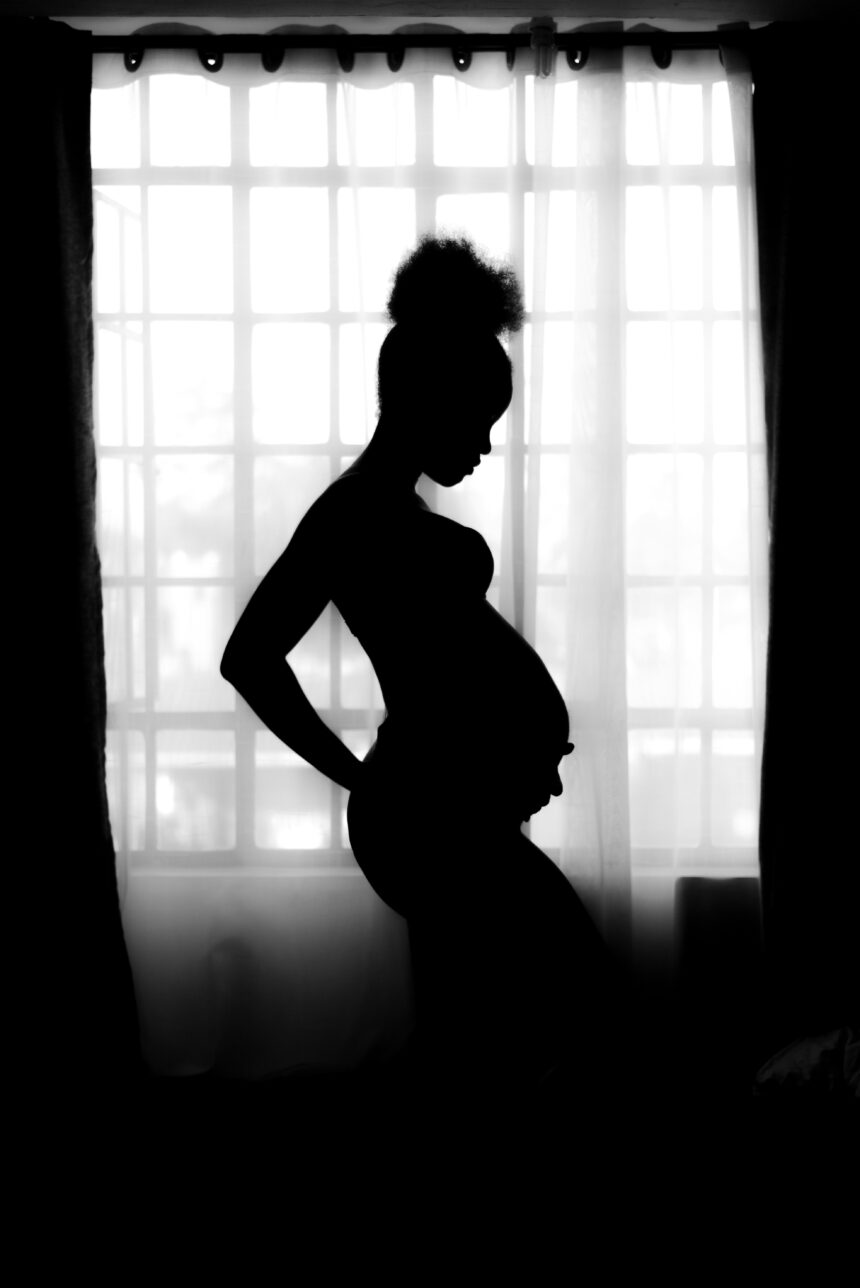Photo by Mustafa Omar on Unsplash
For decades, the United States birth rate has been steadily declining. Economists often cite economic instability, shifting cultural priorities, and the soaring cost of living as key factors. Sociologists point to the growing acceptance of child-free lifestyles alongside expanded educational and career opportunities for women. Yet, to discuss birth rates without acknowledging the role of reproductive rights—and the broader political and cultural forces shaping them—is to overlook a vital piece of the puzzle.
The overturning of Roe v. Wade in 2022 was a watershed moment, signaling a dramatic rollback of reproductive freedoms. This shift isn’t just about abortion access; it represents a broader resurgence of political fundamentalism and conservatism in the United States. These movements often seek to impose traditionalist values under the banner of morality, particularly through controlling women’s bodies and reproductive choices.
Interestingly, this rise in political conservatism is mirrored in cultural and even fashion trends. Over the past couple of years, there has been a noticeable resurgence of more modest, “conservative” clothing styles, with prairie dresses making a splash last summer and Lorna Murray hats—which resemble vintage bonnets—gaining popularity this summer. These fashion choices evoke nostalgia for a simpler, more traditional past and subtly reinforce conservative values around femininity, modesty, and domesticity.
This convergence of politics and fashion is far from accidental. As conservative ideologies emphasize family, traditional gender roles, and increased birth rates, the cultural sphere—including clothing—begins to reflect and reinforce those ideals. In a society grappling with declining birth rates, these sartorial trends signal more than aesthetics; they represent a cultural push to romanticize and normalize a return to “traditional” womanhood that aligns with conservative political goals.
Philosopher Michel Foucault’s concept of biopolitics helps illuminate this phenomenon: governments and political movements exert control over populations by managing bodies, sexuality, and reproduction. Post-Roe America’s restrictive abortion laws and the rise of conservative pro-life activism fit squarely into this framework, where state control is disguised as moral stewardship.
From a feminist standpoint, the political push to increase birth rates in a nation with limited parental leave, inadequate healthcare access, and alarmingly high maternal mortality rates is deeply coercive. As bell hooks famously argued, feminism fights to end sexist oppression, and denying reproductive healthcare access is a stark example of this oppression in action—one that disproportionately harms marginalized women.
Many conservative politicians have framed the declining birth rate as a “national crisis,” warning of threats to America’s economic future and cultural identity. Yet their solutions frequently involve restricting reproductive autonomy without addressing the real barriers to parenting, such as childcare affordability, housing, and workplace discrimination. This contradiction exposes the gap between rhetoric and reality: if fostering higher birth rates was the true goal, these systemic issues would be a top priority.
The intertwining of conservative politics and fashion signals a broader cultural project aimed at steering society back toward traditional family models and gender roles. The revival of prairie dresses and bonnet-like hats is a visual cue—perhaps even a subtle form of social conditioning—endorsing modesty, domesticity, and femininity as ideals tied to fertility and motherhood. It’s a symbolic echo of the political efforts to control reproductive rights, merging ideology with everyday life.
As we move forward, it’s crucial to remain vigilant about how narratives around “declining populations” may be weaponized to justify further erosion of reproductive freedoms. History shows that once reproductive autonomy is compromised, reclaiming it is an uphill battle. The connection between conservative political resurgence, modest fashion trends, and reproductive control highlights how deeply intertwined culture, politics, and personal freedoms are.
Ultimately, birth rates are shaped by complex factors—economic, cultural, political—but most importantly by access to bodily autonomy. A society that claims to value children yet fails to support parents and restricts reproductive choices risks failing both current and future generations.


Leave a Reply